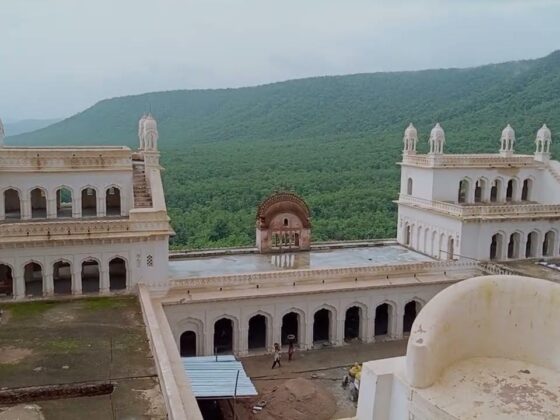Wildcraft: A Legacy in Silk, A Tribute to the Wild
A Family Legacy Rooted in Nature
Wildcraft is more than an export firm — it’s a living tapestry of heritage, wildlife, and inspired artistry woven into silk. Founded by Rajkumar Yadavendrapal Singh and his sons, Chandrapal Singh and Bhumendrapal Singh, the brand grew from a deep familial love for nature and adventure. Their shared appreciation for wildlife didn’t just influence their lives — it shaped their business.
The firm made its mark by exporting elegant silk scarves that feature vivid wildlife motifs. These scarves offer a rare blend of art and conservation — not just beautiful, but meaningful in every brushstroke and stitch.
From Jungle Ways to Silk Scarves
The creative spark that ignited Wildcraft can be traced to Jungle Ways, a Shikar company once managed by their grandfather, Rajkumar Dharampal Singh. He was a passionate naturalist and seasoned adventurer. His stories about forests and close encounters with wildlife became family lore, laying the foundation for what Wildcraft would become.
Their father, Rk. Yadavendrapal Singh, also loved the wild. His enthusiasm for the outdoors strengthened the family’s connection to nature and influenced their collective vision.
Designs That Move: Celebrating Fauna in Motion
Wildcraft’s signature product — the wildlife motif scarf — celebrates the elegance and diversity of animals in motion. Each design portrays the grace of birds, the strength of leopards, or the delicate flutter of butterflies.
Using fine-quality silk, the team crafts each piece with precision. They choose color palettes and borders that accentuate the subject, making each scarf not just an accessory, but an artistic statement.
Padmini Kumari: The Artistic Force Behind the Brand
The brand’s aesthetic soul comes from their sister, Padmini Kumari, a renowned wildlife artist based in Ahmedabad. Her work, known for its ecological focus and emotional depth, heavily influences Wildcraft’s collections.
Her passion for painting animals goes beyond art — it reflects her commitment to conservation and coexistence. Through her brush, she brings wildlife stories to silk, connecting fashion with purpose.
Taking Indian Craftsmanship Global
One of Wildcraft’s most important international allies is William Evans, a reputed buyer and retailer. He recognized the unique appeal of the scarves and helped introduce them to international clientele. His retail platform has showcased Wildcraft’s ability to blend traditional Indian textiles with modern wildlife-inspired designs.
Thanks to this collaboration, Wildcraft scarves found a place in boutiques and wardrobes far beyond India, appreciated for their originality and craftsmanship.
Every Scarf Tells a Story
Each Wildcraft design is a canvas of biodiversity. For example:
-
Cream silk becomes the sky for majestic Canada geese in mid-flight
-
Steel or cinnamon backgrounds frame the graceful leopard on the prowl
-
Navy and pale olive panels capture the movement of British ducks darting across a quiet marsh
These scarves are more than fashion statements. They are stories passed down through generations — stories of wildlife, family, and artistic devotion.
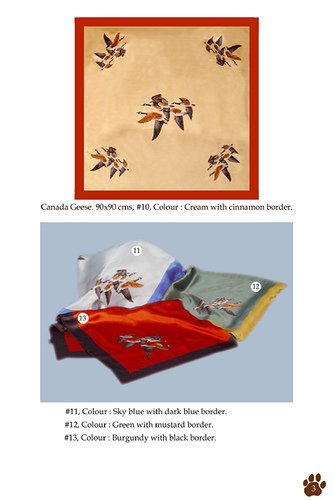

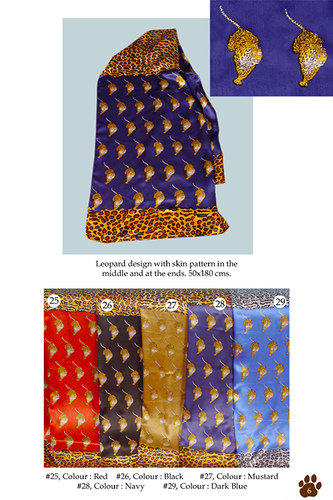


The Legacy of Farrukhabad’s Textile Craftsmanship
At the heart of Wildcraft’s exquisite silk scarves lies more than inspired wildlife artwork—it rests on the time-honored craft of textile printing from Farrukhabad, Uttar Pradesh. For centuries, this town has nurtured India’s traditional block and screen-printing techniques, earning its reputation as a cradle of textile art.
When Wildcraft began producing silk scarves, they chose Farrukhabad for one clear reason: authenticity. The wildlife designs, conceptualized by Padmini Kumari and curated by the Singh brothers, became wearable works of art through the hands of Farrukhabad’s seasoned artisans. These craftsmen skillfully transformed fine brush strokes and animal textures into silk with astonishing precision.
Bringing Wildlife to Life on Silk
Whether capturing the gliding motion of mallards, the poised tension of a stalking leopard, or the fluttering lightness of butterflies, Farrukhabad’s printers infused each creature with life on fabric. They used a blend of hand-screen printing and fine pigment techniques on high-grade mulberry silk to achieve this effect.
The scarves showcase rich saturation, sharp contours, and a soft drape—all results of the artisans’ technical expertise and their intuitive understanding of fabric behavior.
The Delicacy and Precision of Silk Printing
Printing on silk demands patience and precision. Silk’s delicate, absorbent nature means every dye must be calibrated perfectly. Colours need to stay vibrant without bleeding, while borders must remain sharp and clean.
Though modest in scale, Farrukhabad’s printing units possess generations of knowledge. The artisans there share a near-silent understanding between their craft and the art they create.
A Partnership Rooted in Philosophy
For Wildcraft, working with Farrukhabad’s printers wasn’t just a production choice; it represented a philosophical alignment. This collaboration unites heritage textile craftsmanship with a conservationist visual narrative. The result is a product deeply rooted in Indian artistry yet globally appealing in both design and purpose.
Human Touch in a Machine-Driven World
In today’s world, increasingly dominated by machine-made uniformity, Wildcraft’s silk scarves stand apart. They represent the convergence of human hands, natural inspiration, and traditional skill. Each scarf carries the whisper of a forest, the echo of a birdcall, and the quiet strength of a craftsman’s brush.
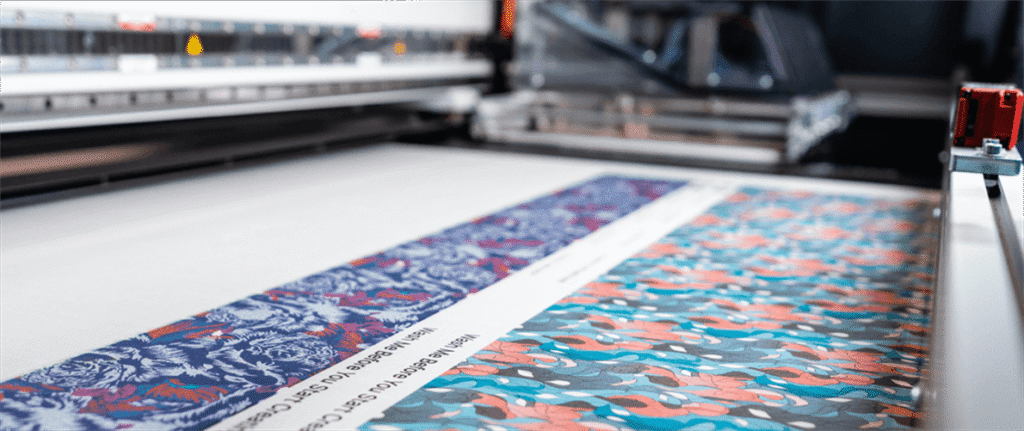
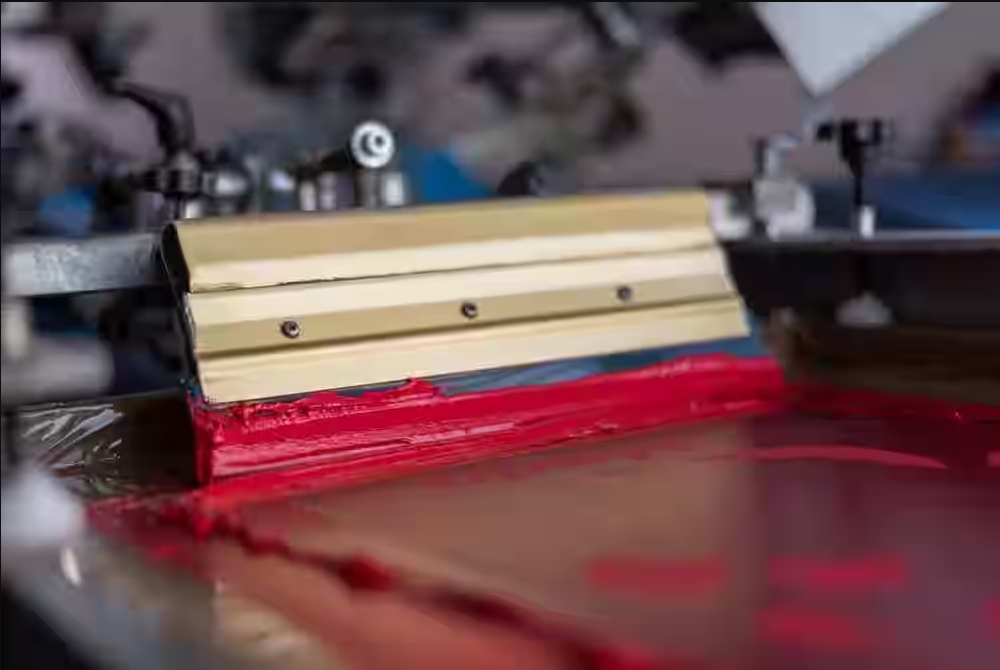
Conclusion: Wildcraft’s Soulful Mission
Wildcraft isn’t just in the business of selling scarves. It’s in the business of preserving stories, culture, and nature. With every scarf, they honor their family legacy, celebrate India’s wildlife, and invite the world to wear a piece of art born in the wilderness.
Their success lies not just in beautiful design, but in their deep-rooted values of tradition, sustainability, and passion — the same values that inspired a grandfather in the jungle, a daughter with a brush, and a family who turned their love for nature into a global brand.




